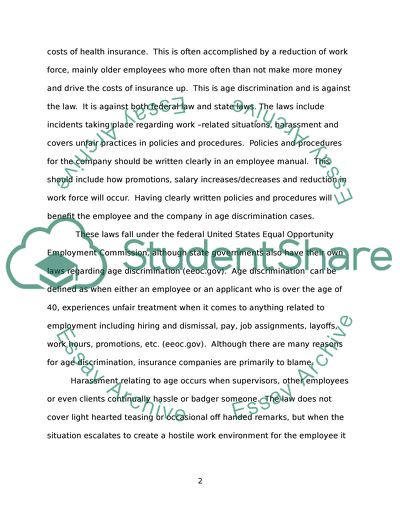Cite this document
(“Age discrimination in employment (especially for older people) Research Paper”, n.d.)
Retrieved from https://studentshare.org/miscellaneous/1597509-age-discrimination-in-employment-especially-for-older-people
Retrieved from https://studentshare.org/miscellaneous/1597509-age-discrimination-in-employment-especially-for-older-people
(Age Discrimination in Employment (especially for Older People) Research Paper)
https://studentshare.org/miscellaneous/1597509-age-discrimination-in-employment-especially-for-older-people.
https://studentshare.org/miscellaneous/1597509-age-discrimination-in-employment-especially-for-older-people.
“Age Discrimination in Employment (especially for Older People) Research Paper”, n.d. https://studentshare.org/miscellaneous/1597509-age-discrimination-in-employment-especially-for-older-people.


